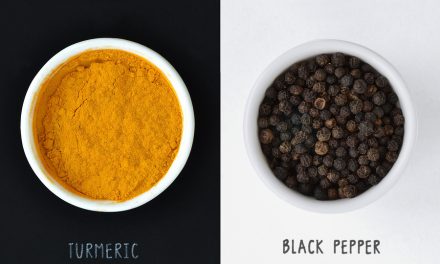Last Wednesday, a remarkable article about the recovery of a woman with advanced colon cancer, after treatment with cells from her own immune system, was published in The New England Journal of Medicine. Her treatment, a form of immunotherapy, was the first to successfully target a common killer that scientists have been trying to attack for decades. Her story may now lead to new options for thousands of other patients with colon or pancreatic cancer.
Until now, the specific mutation has been thought of as “bulletproof,” because it was resistant to every attempt at treatment. At issue was the successful targeting of a defect in a gene called KRAS, and it was important because mutations in the gene are so common. For instance, every single pancreatic cancer patient has KRAS and 30 – 50 percent of colorectal cancers have KRAS mutations, too (also, about 13 percent have the same mutation that Ms. Ryan had).
- The US expects about 53,000 cases of pancreatic cancer this year, with nearly 42,000 deaths; it is one of the deadliest cancers, fewer than 10 percent of patients survive five years.
- And in 2016, the US expects to see about 95,000 cases of colon cancer and 39,000 cases of rectal cancer, with 49,000 deaths from the two forms combined.
To date, TILs have worked best against advanced melanoma. But, by extracting TILs from tumors, and then multiplying them in the lab and then returning them to the patient, Dr. Rosenberg’s team has been able to produce “long remissions” in 20 -25 percent of patients.
Researchers look at tumors to find mutations (genetic flaws that differentiate the cancer cells from normal ones) then they study TILs, looking for immune cells that can recognize mutations and attack the cancerous cells but leave the healthy ones alone.
Ms. Ryan, from Rochester Hills, Mich., had colon cancer that had spread to her lungs despite the surgery, chemotherapy, and radiation doctors had put her through. After exhausting all her options she started looking into research programs and found the TILs research at the National Cancer Institute.
She attempted to get into the program in December of 2014, but she was told that based on her scans and records she didn’t have a tumor big enough to yield TILs. She eventually did get in though and a month later, the researchers performed surgery, removing several lung tumors to search for TILs. And they struck gold; she had a KRAS mutation and her TILs included killer T-cells that locked onto the mutation like “guided missiles.”
From the article:
“Her T-cells were able to recognize the mutation because she has an uncommon tissue type, which is a genetically determined trait. As a result, she carries a certain protein on the surface of her cells that plays an essential role in displaying the KRAS mutation so that cancer-killing cells can find it and attack.”
Researchers now believe they have a blueprint to develop cell treatments for others as well; the killer T-cells have surface molecules called receptors that lock onto mutated cells, and scientists hope to genetically engineer patients’ T-cells to give them those receptors and therefore, cancer-targeting ability.
In order to treat Ms. Ryan, the team used a culture of TILs with high levels of immune cells that specifically attacked her mutation. In the lab, they multiplied those cells to produce huge numbers to introduce into her bloodstream.
She was first given chemo to wipe out most of her white blood cells (this would allow the TILs to flourish) and then, they dropped the 100 billion TILs bomb. Of the 100 billion, about 75 percent were the killer T-cells that targeted her mutation (they also gave her interleukin-2 which stimulates killer T-cells).
More from the article:
“Before being treated, Ms. Ryan had seven tumors in her lungs. Over the next nine months, six shrank and then disappeared. The seventh shrank at first, but then progressed. To remove it, surgeons took out the lower lobe of her left lung.
Tests of the excised tumor explained why it had resisted treatment: It had mutated and no longer carried the tissue-type marker that had enabled the T-cells to attack it.
The tumor’s ability to escape the T-cells reveals a potential weak spot in the approach of targeting a single mutation, said Dr. Drew M. Pardoll, the director of the Bloomberg-Kimmel Institute for Cancer Immunotherapy at the Johns Hopkins University School of Medicine. Calling cancer ‘versatile,”’he said, ‘The tumor always seems to come up with a workaround.'”
Immunotherapy is fascinating but as we saw with her last tumor, it has certain limits. However, we celebrate with Ms Ryan and her recovery and we hope that this breakthrough will continue to provide even more breakthroughs for other cancer patients.
RELATED ARTICLES:
- Preventing and Reversing Cancer Naturally: The Anticancer Diet Shopping List
- How one Man beat Bladder Cancer Naturally with Cannabis Oil
Source: NY Times












